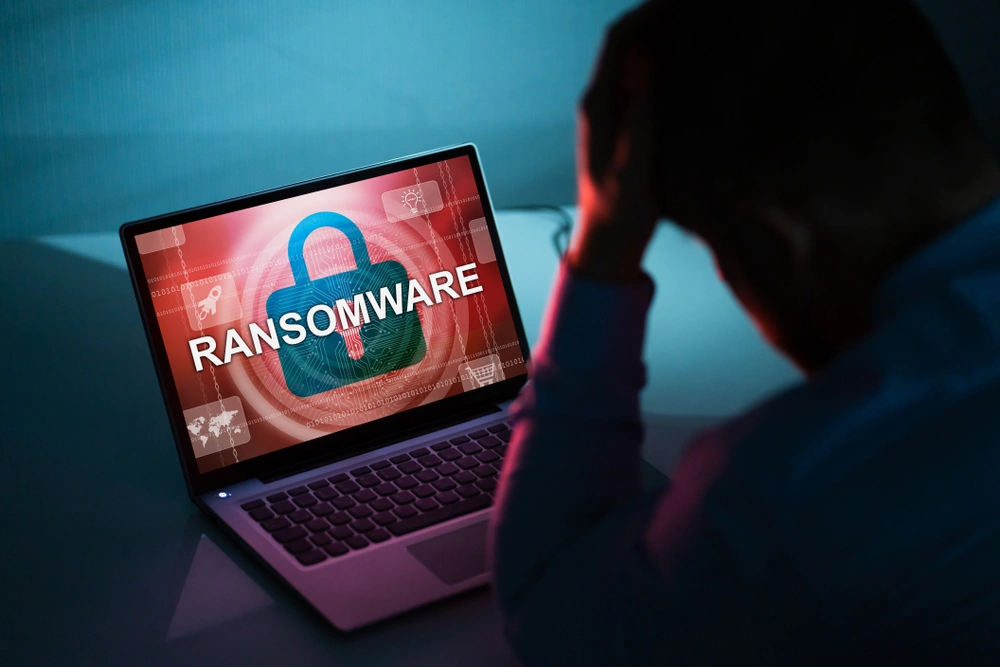In recent months, the Fog Ransomware Group has emerged as a significant threat to the financial services industry, focusing its attacks on employees within the sector. This new wave of cyberattacks represents an alarming trend where cybercriminals leverage advanced tactics to compromise sensitive data, disrupt operations, and demand ransom from affected organizations.
What is Fog Ransomware?
Fog Ransomware is a malicious software program used by a cybercriminal group to encrypt data on a victim’s system, effectively locking the user out of critical files. Once the data is encrypted, the group demands a ransom in cryptocurrency for the decryption key. Failure to comply with their demands can lead to permanent data loss or the public release of sensitive information.
Financial Services in the Crosshairs
Financial services institutions have always been prime targets for ransomware attacks due to the nature of the data they handle. However, what sets the Fog Ransomware Group apart is its unique approach to attacking employees directly rather than the infrastructure. Employees are often viewed as the weakest link in cybersecurity defense systems, making them vulnerable to phishing, social engineering, and other forms of exploitation.
The group's strategy primarily involves targeting individual employees through carefully crafted phishing emails or other malicious links designed to trick them into clicking and activating the ransomware. Once the malware is installed, it spreads rapidly across the network, encrypting vital business data and operational systems.
Why Are Employees Targeted?
There are several reasons the Fog Ransomware Group focuses on employees:
- Weak Cybersecurity Awareness: Many employees are not adequately trained to recognize phishing attempts, making them easy targets for social engineering attacks.
- Access to Critical Data: Employees often have access to valuable financial and customer data, providing cybercriminals with a direct path to sensitive information.
- Multi-Factor Authentication Gaps: Some companies still do not use advanced security protocols like multi-factor authentication (MFA), leaving their systems vulnerable to attacks.
The Impact of These Attacks
The impact of Fog Ransomware attacks on financial services firms can be devastating. Not only can organizations lose access to critical data, but they may also face severe financial penalties, reputational damage, and loss of client trust. Additionally, regulatory bodies are tightening security standards, meaning companies that fail to protect themselves from these types of cyberattacks could face fines or other penalties.
How to Protect Against Fog Ransomware Attacks
There are several steps organizations in the financial services sector can take to protect their employees and their data from ransomware attacks:
- Employee Training: Implement robust cybersecurity training programs that help employees identify phishing attempts and other potential threats.
- Multi-Factor Authentication: Ensure all systems use MFA to add an extra layer of security.
- Regular Software Updates: Keep software up-to-date to prevent attackers from exploiting known vulnerabilities.
- Data Backups: Regularly back up data to ensure that, in the event of an attack, the organization can restore important information without paying a ransom.
- Endpoint Detection: Invest in advanced threat detection software to catch suspicious activities before they can spread across the network.
Conclusion
As the Fog Ransomware Group continues to target employees within the financial services sector, organizations must remain vigilant and proactive in their approach to cybersecurity. By implementing strong security practices, educating employees, and staying ahead of the latest threats, financial services firms can reduce their vulnerability to ransomware attacks and protect their valuable data.





